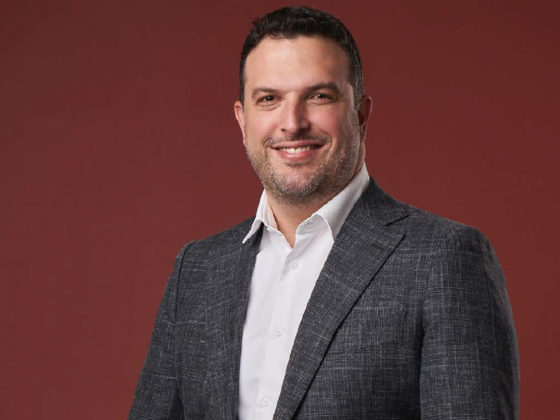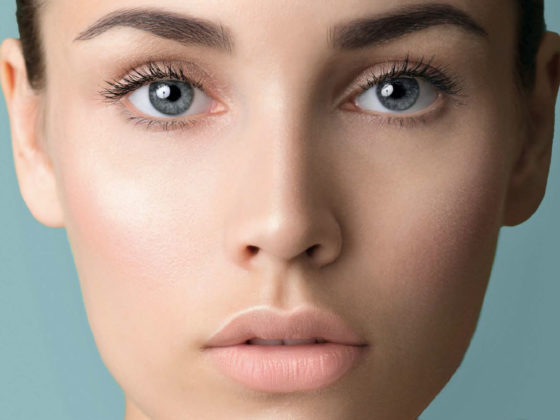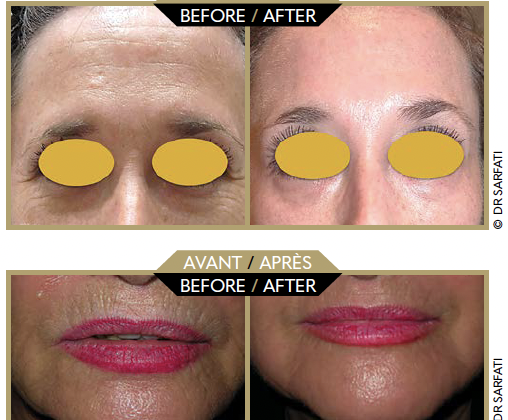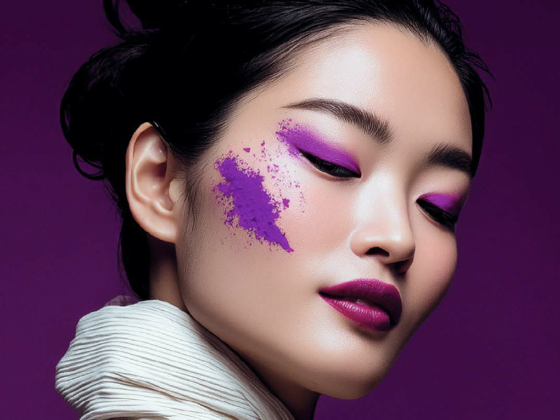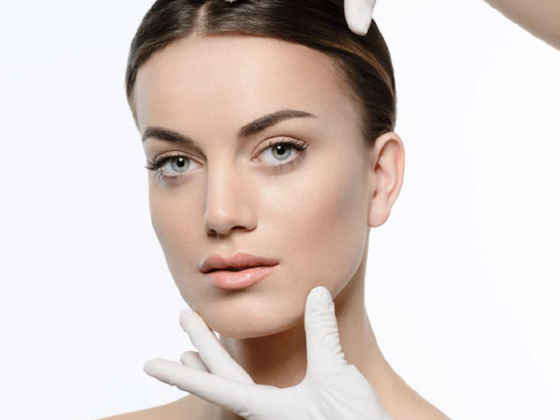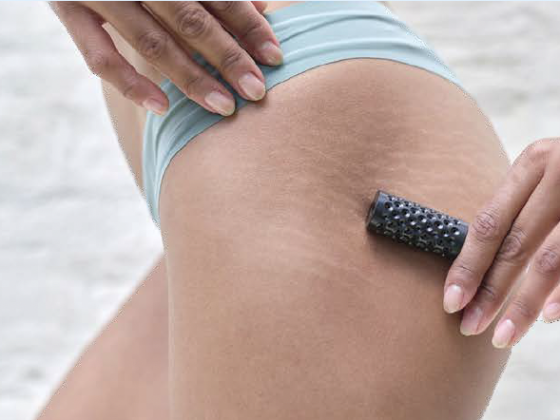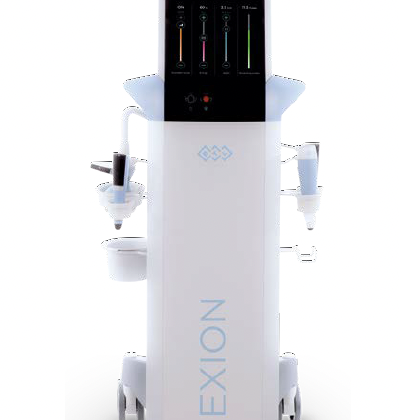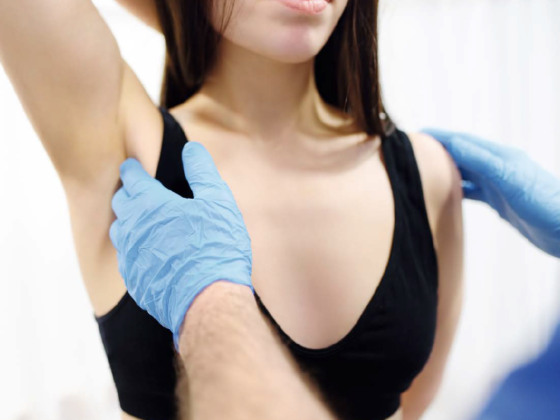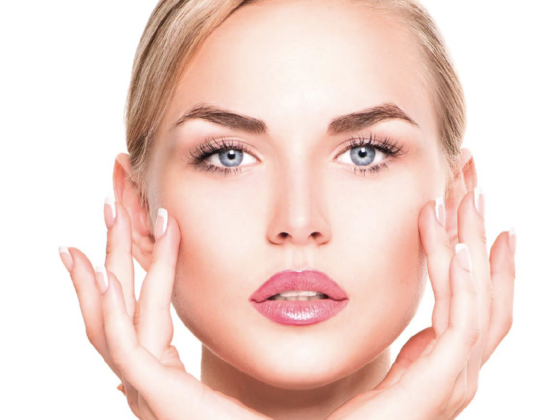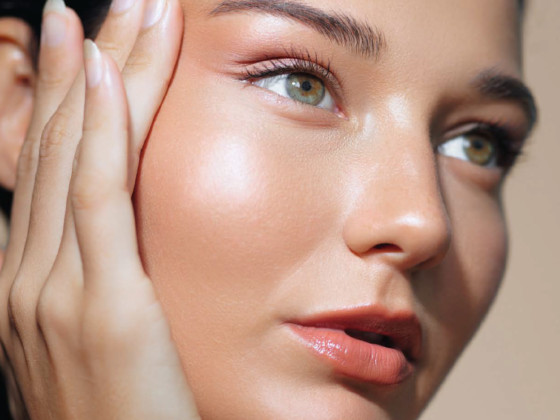Dr Sophie Shotter
Before-and-after photos are an invaluable tool for showcasing the incredible results we can achieve in clinic.
However, taking consistent photos isn’t as easy as snapping a quick picture. It requires a careful approach and the right equipment. Fortunately, new innovative tools such as the Aura 3D Imaging System can help simplify the process.
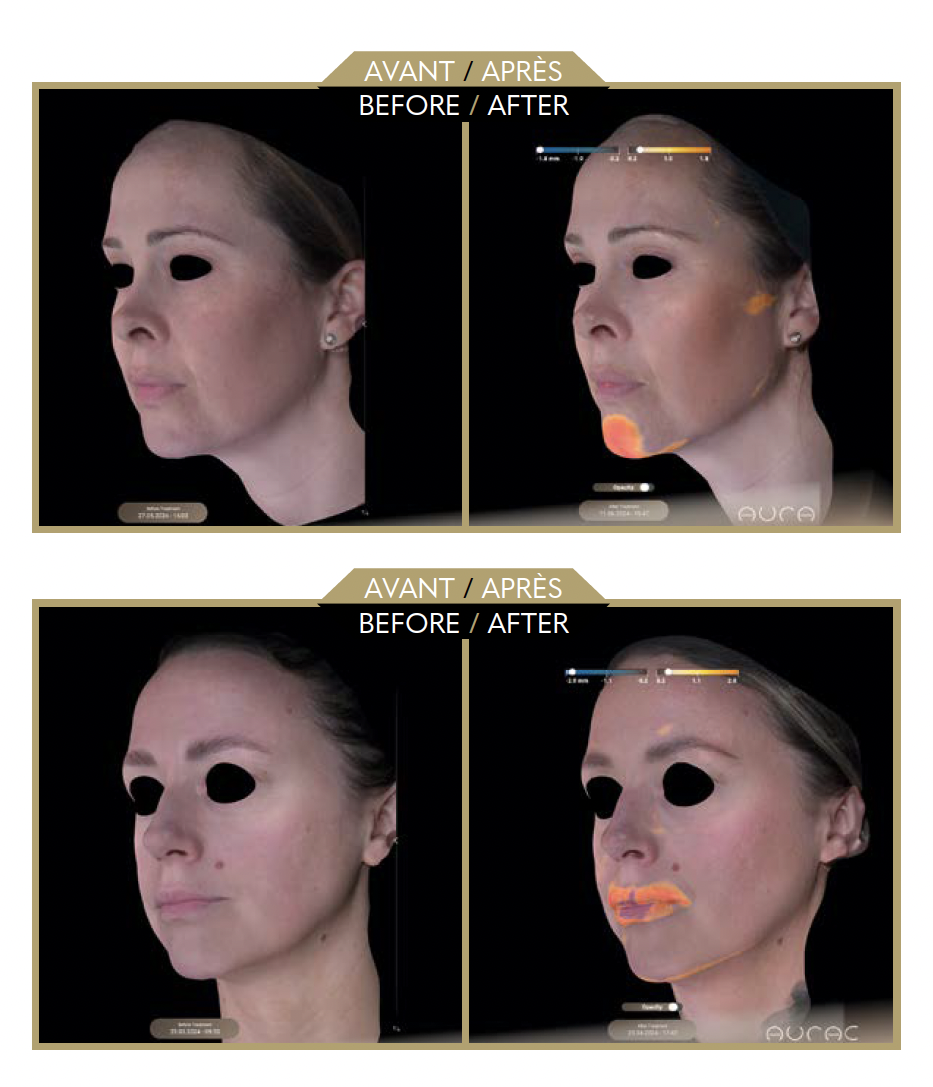
Good before-and-after photos are important for so many reasons. Firstly, they can be a consultation tool, helping us to show our patients what we see in their faces and as a result gain their trust on the treatment journey. Secondly, they show treatment progress. That could be showcasing a standout result or by working as an aid, helping patients appreciate the progress made over time if they have lost sight of their results. Last but by no means least is the medico-legal importance of good before-and-after photos. If we did not have them, we would have no redress in the event of a claim against us.
When defining good before-and-after photos, we mean ones that are as consistent as possible, with the two (or more) comparison images matching each other exactly in terms of the crop, angle, head position, expression and lighting. You should always look at the photo and think that it shows a true result, rather than questioning if what you see is because the lighting in the after photo is a little brighter.
Even so, I think before-and-after photography is one of the hardest things we do in clinic. Photos are affected by everything from lighting conditions, angles, foot positions and posture. Even with the best of intentions, standardisation is hard to achieve. Photos look different even if the angle is very slightly different, or the patient is smiling slightly, or it’s a sunnier day than the last time. There are so many variables to think about.
Luckily, new technologies are making taking good before-and-afters photos much simpler. Unlike traditional 2D set ups where you constantly need to check and tweak the conditions, 3D devices like Aura 3D Imaging System do that for you instantly.
Aura works by taking a photo-realistic “digital twin” of your patient’s face and neck in a single capture so you can really analyse your patients’ faces. I’ve been lucky to be using Aura since December 2023, and I’ve had a brilliant experience using it for before-and-after photos.
First, you get perfect consistency. Aura’s built-in alignment system ensures patients are positioned identically across multiple sessions, eliminating variations in angle, distance or posture. That means the photos we get are perfectly consistent in every regard. The technology even guides your patient into position, so the process is very quick and easy to navigate for (even nervous) patients. There are lights that help the patient into position, which will go green when they are at the right distance, and the device will tell you whether a patient is positioned within tolerance.
Another benefit is that the lighting is standardised. which ensures that the ambient light in the room has no impact on the photo. As Aura is portable, meaning it can be moved between locations as needed, this means it doesn’t matter what room or which time of day you’re using it in – the lighting is perfectly reproduced, and you get perfect photos every time. Aura also allows you to make side-by-side comparisons seamlessly and that makes results more noticeable. Marrying 3D imaging with skin analysis is a huge benefit, minimising the number of bulky devices we as a clinic need to have.
Training your team to use Aura is straightforward too, and that makes the process of getting consistent before-and-after photos easy and seamless whoever ends up taking them. The whole process is very quick, meaning it can be integrated into a consultation and be used contemporaneously to guide our patient education process. My favourite experience is when I’ve treated a patient’s face with filler and can show them the subsequent tissue lift using vectors as well as the volume reduction in the submental area. These are things that can be so difficult to appreciate in conventional before-and-after photos.
Ultimately, taking high-quality before-and-after photos is a skill that every practitioner should master – both to showcase your expertise and to help clients feel confident in their treatment choices. With Aura’s cutting-edge technology, clinics can ensure their photos remain accurate and standardised, eliminating inconsistencies that could misrepresent results.
Dr Sophie Shotter
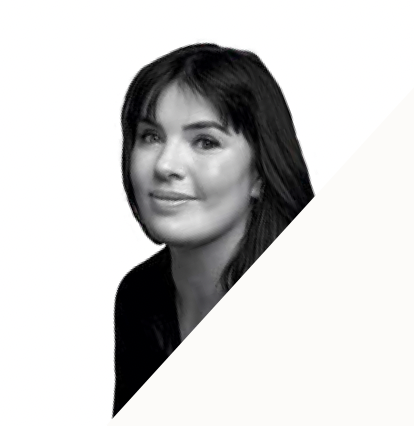
Dr Sophie Shotter is an award-winning aesthetics doctor with over a decade of medical experience. She is the founder and medical director of Illuminate Skin Clinic in Kent, and practises at 10 Harley Street, London. Recognised as a top injector, Dr Shotter was named Medical Practitioner of the Year at the 2023 Aesthetics Awards.





